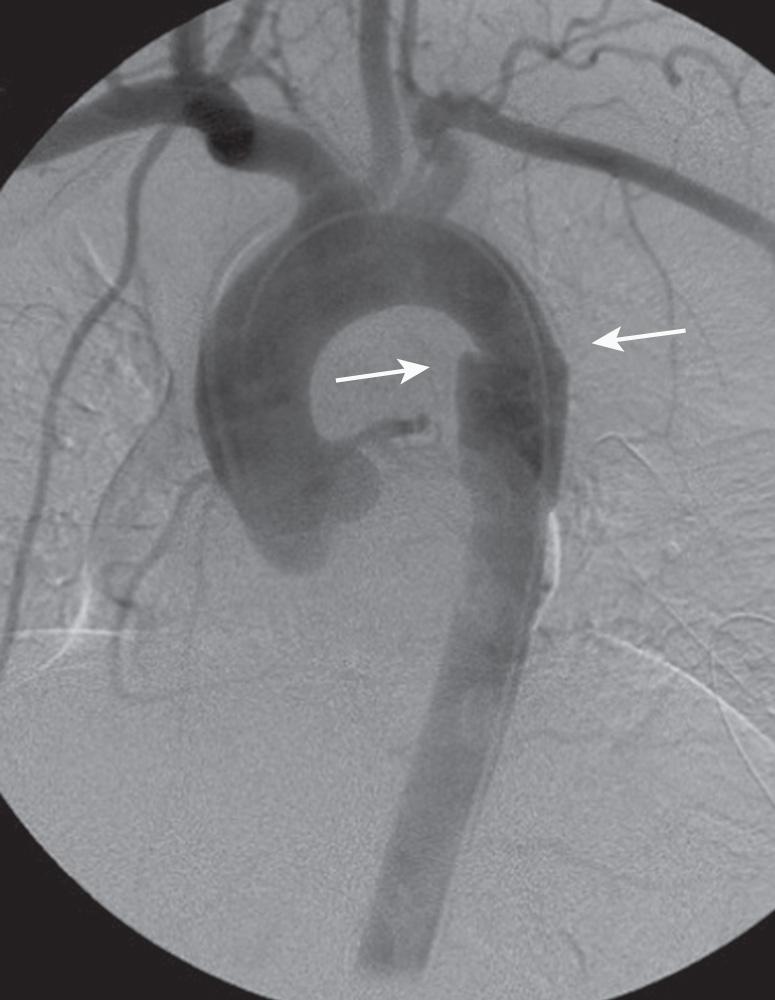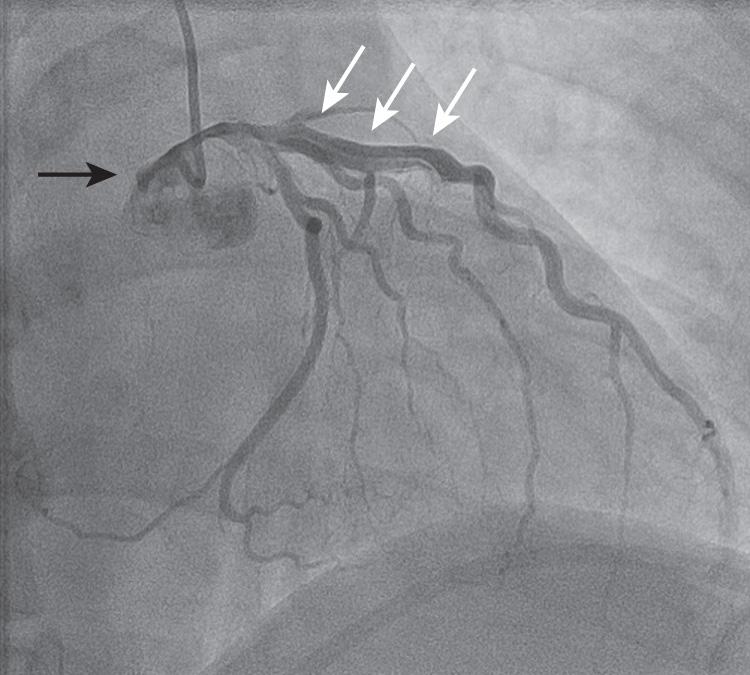Physical Address
304 North Cardinal St.
Dorchester Center, MA 02124
Motor vehicle accidents are the most common cause of cardiac injury.
Physical mechanisms of injury include penetrating trauma (i.e., ribs, foreign bodies, sternum), nonpenetrating trauma (or blunt cardiac injury), massive chest compression (or crush injury), deceleration, traction, or torsion of the heart or vascular structures, and sudden rise in blood pressure caused by acute abdominal compression.
Myocardial contusion is a common form of blunt cardiac injury; it is considered a reversible insult and is the consequence of a nonpenetrating myocardial trauma. It is detected by elevations of specific cardiac enzymes with no evidence of coronary occlusion and by reversible wall motion abnormalities detected by echocardiography. It can manifest in the electrocardiogram (ECG) by ST-T–wave changes or by arrhythmias. Areas of myocardial necrosis and hemorrhagic infiltrates that can be recognized on autopsy characterize myocardial contusion.
Cardiac trauma most commonly involves traumatic contusion or rupture of the right ventricle, aortic valve tear, left ventricle or left atrial rupture, innominate artery avulsion, aortic isthmus rupture ( Fig. 72.1 ), left subclavian artery traumatic occlusion, and tricuspid valve tear.

Obvious clinical signs in patients with nonpenetrating trauma are rare. However, a bedside evaluation by an astute clinician to detect possible life-threatening cardiovascular and thoracic complications can reveal important signs in just a few minutes ( Table 72.1 ).
| FINDING | SUGGESTED LESIONS |
| Pale skin color, conjunctiva, palms, and oral mucosa | Suggests important blood loss |
| Decreased blood pressure in the left arm | Seen in patients with traumatic rupture of the aortic isthmus, pseudocoarctation, or traumatic thrombosis of the left subclavian artery |
| Decreased blood pressure in the right arm | Consider innominate artery avulsion |
| Subcutaneous emphysema and tracheal deviation | Consider pneumothorax |
| Elevated jugular venous pulse with inspiratory raise (i.e., Kussmaul’s sign) | Suggests cardiac tamponade or tension pneumothorax |
| Prominent systolic V wave in the venous pulse examination | Suggests tricuspid insufficiency as a result of tricuspid valve tear |
| Nonpalpable apex or distant heart sounds | Suspect cardiac tamponade |
| Pericardial rub | Diagnostic for pericarditis |
| Pulsus paradoxus | Seen in patients with cardiac tamponade, massive pulmonary embolism, or tension pneumothorax |
| Continuous murmurs or thrills | Consider traumatic arteriovenous fistula or rupture of the sinus of valsalva |
| Harsh holosystolic murmur | Suspect traumatic ventricular septal defect |
| Early diastolic murmur and widened pulse pressure | Suspect aortic valve injury |
| Cervical and supraclavicular hematomas | Seen in traumatic carotid rupture |
| New focal neurological symptoms | Traumatic carotid, aortic or great vessel dissection |
Myocardial infarction is an unusual complication in patients with chest trauma. Chest trauma can injure a coronary artery, leading to myocardial infarction due to coronary spasm, thrombosis, laceration, or dissection of the arterial wall ( Fig. 72.2 ). Patients with underlying coronary artery disease have favorable pathophysiologic conditions to suffer an acute coronary syndrome during trauma as a result of limited coronary flow reserve, excess of circulating catecholamines, hypoxia, blood loss, and hypotension. It may be relevant in the appropriate clinical scenario to consider the possibility of cardiac syncope as the primary cause resulting in a traumatic event due to ventricular arrhythmias in a patient with an acute myocardial infarction and concomitant trauma. Chest trauma can elevate cardiac-specific enzymes without significant coronary stenosis; therefore, careful interpretation of these indicators in a trauma victim is warranted.

According to the universal definition of myocardial infarction, patients who have myocardial necrosis during trauma usually suffer a type 2 myocardial infarction. This type of myocardial injury is secondary to direct trauma or ischemia as a result of a relative imbalance of either increased myocardial oxygen demand and/or decreased myocardial oxygen supply (e.g., coronary artery spasm, coronary embolism, arrhythmias, hypertension, anemia, or hypotension), rather than coronary occlusion caused by advanced atherosclerosis or an acute coronary thrombotic event (type 1 myocardial infarction), and is characterized by a variable increase in cardiac biomarkers with no ischemic symptoms or ECG changes.
Become a Clinical Tree membership for Full access and enjoy Unlimited articles
If you are a member. Log in here